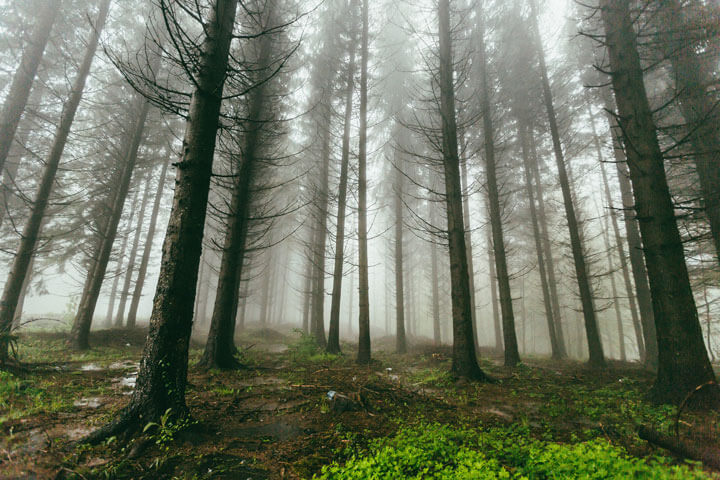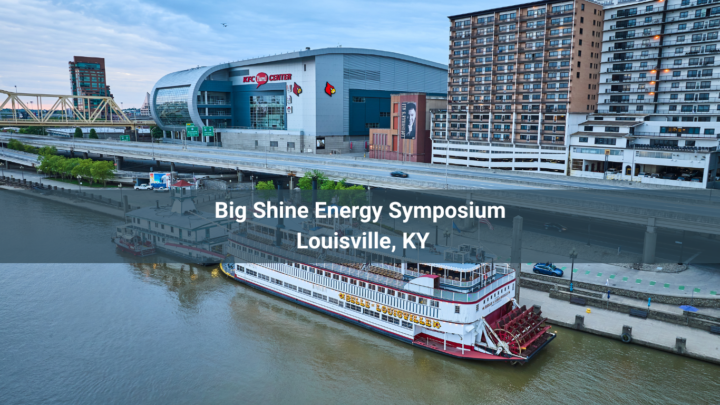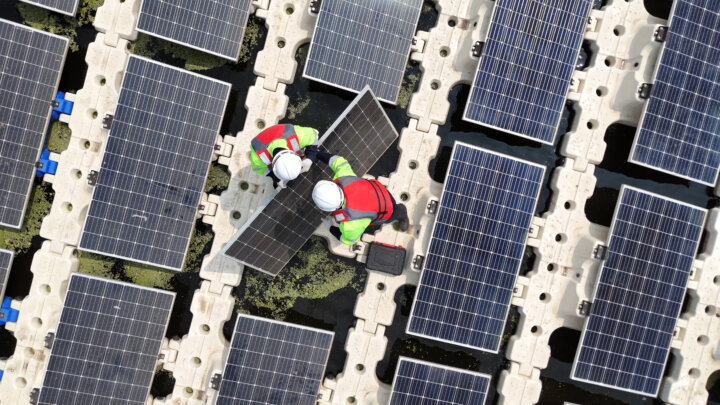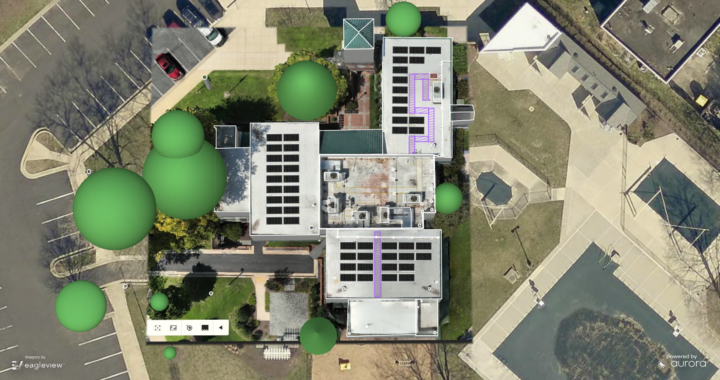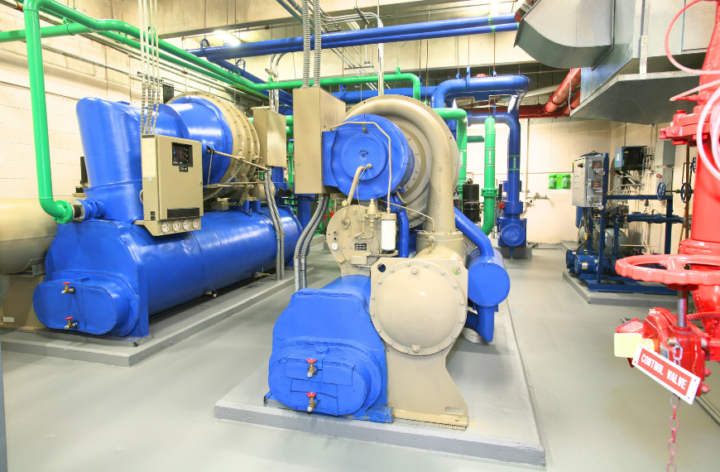Climate Change Could Cost Us Our Jobs … and More
While studying engineering and science, we come to realize that our world is complicated. There is not always a gradual sequence of events. In fact, our world is highly interdependent and highly nonlinear.
Once a complex system reaches a critical point, it can almost instantly become “divergent”. It’s important to understand this basic principle to keep us from becoming complacent about climate change.
What does sudden, divergent behavior of a complex system look like?
“On November 29, 2006 one of Europe´s leading GA flight test pilots, Gérard Guillaumaud, was killed during a tragic accident. … The aircraft, a sleek light jet made mainly from carbon fibers and two jet engines mounted on the aft fuselage, disintegrated within seconds, when Gérard turned final in a shallow descent to demonstrate the aircraft at high speed. The slightly modified horizontal tail entered a flutter mode not expected at the chosen fly-by speed, disintegrated and the aircraft pitched nose-down, giving Gérard not the slightest chance to escape …”
The aircraft was not an antique, rather it was an advanced prototype developed by an experienced aircraft manufacturer. It was not designed in the age of slide-rules, but in the age of computers equipped with software for structural dynamics and aeroelasticity analyses. The pilot was a top general aviation test pilot, so he would have possessed the highest levels of skill, and his reactions would have been rapid and correct.
When his aircraft disintegrated almost instantly from catastrophic flutter, a classic divergent sequence, his skills were of no use—the aircraft no longer had any control surfaces for the pilot to actuate. The article makes reference to a “slightly modified horizontal tail.” Such a small change had a disastrous result because it moved a complex system past a tipping point.
How does this relate to climate change?
CNN recently published, “Climate change will shrink US economy and kill thousands, government report warns,” in which authors Jen Christensen and Michael Nedelman summarized a massive government report, the Fourth National Climate Assessment (2). The two-volume assessment reflects the work of more than 1,000 people in 13 U.S. federal agencies. The report focuses on the damage to the economy that is expected if we fail to act to halt global warming. It also describes threats to health and even to life.
Many sectors of the economy have already seen serious damage from climate change. The dairy industry, which is always struggling, lost an additional $1.2 billion from heat stress in 2010, and the damage is sure to be worse now. The American Midwest has been the earth’s breadbasket, but crop yields will fall drastically at a time when demand continues to grow. As summer heat waves become more widespread and relentless for weeks on end, blackouts and transformer explosions will increase. Every sector of our high-tech economy will feel the cost of higher power bills and, worse yet, the unexpected work stoppages from power disruption.
The insurance industry has been hit hard by climate change. In his article, “Rising insurance costs may convince Americans that climate change risks are real,” Andrew Hoffman reports:
“In 2017, for example, Hurricanes Harvey, Irma and Maria and other natural disasters like Mexican earthquakes and California wildfires caused economic losses of US$330 billion, almost double the inflation-adjusted annual average of $170 billion over the prior 10 years. Estimated costs from Hurricane Florence, which struck the Carolinas in September, range as high as $170 billion, which would make Florence the costliest storm ever to hit the U.S.”
Skeptics will challenge even earthquakes as a climate-induced disaster. However, it is important to remember that trillions of tons of water have moved from the poles to the earth’s oceans. The tectonic plates of the earth are certain to accumulate strain energy, which will soon be released, often suddenly and without warning. Ironically, the insurance industry is failing to make investments in sustainability, apparently reasoning that they will stay financially sound by slashing coverage and raising rates.
How does climate change affect health?
The National Climate Assessment also described many threats to our health from climate change. Asthma and allergies will increase. Tropical diseases are spreading rapidly and further north than ever before. Heat stroke will take many lives with every heat wave. Children and the elderly are most at risk, as are those living in poverty who cannot afford proper air conditioning. In some areas of the world, the heat has become so extreme that people cannot survive outdoors, even if they have ample water to drink. The heat and humidity are simply too high for the body to cool itself through perspiration.
What can we all do now about climate change?
We should ask ourselves: how well do we understand the non-linearities of our climate? Are we exceeding our climate’s flight envelope? Doing so in an aircraft, even once, can lead to sudden death. Science magazine just published a sobering perspective for us, “Antarctic ice melt 125,000 years ago offers warning.”
The earth was flooded during the last brief warm period between ice ages. Sea levels were six to nine meters higher than they are today (about 20 to 30 feet). Temperatures during this time, called the Eemian, were barely higher than in today’s greenhouse-warmed world. Scientists have now identified the source of all that water: a collapse of the West Antarctic Ice Sheet. The same event could already be happening today. If we wait until we’re sure, it will already be too late.
At Big Shine Energy, we are committed to cooling the earth’s fever and securing a sustainable future for all of us. LED lighting is the “low-hanging fruit” of energy conservation, the best first step we can all take to reduce carbon emissions and slow the pace of climate change. Big Shine’s LED lighting upgrades can be cash-flow positive right from the first month because many utilities encourage action with rebates.
Scientists around the world are working to develop new materials and technologies to capture CO2 and to dramatically improve energy production, storage, and utilization. All their breakthroughs are exciting, but they will need time to mature and more time to be implemented in mass-production. Let’s give them the time they need by doing what is available and what is proven right now.
Submitted by the Big Shine Energy Technology Office on 4/12/2019
©2019

